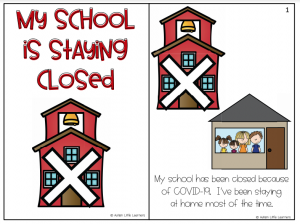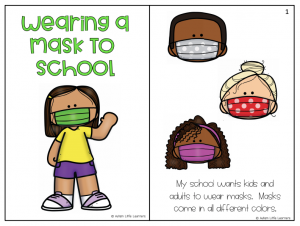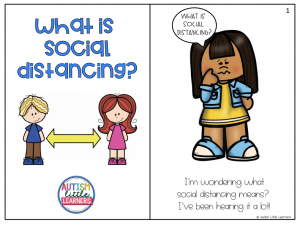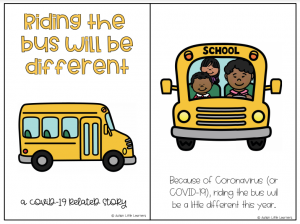
Over the past few months, we have seen families all over trying to find a balance between time with family, work and academics. This upcoming school year some daycares, preschools and schools may still be closed, but the work responsibilities will not end. Trying to balance the responsibilities between being an employee and a parent is difficult, but with a few tips, the process may be a bit easier.
 Create a work space for your child
Create a work space for your child
During the past few months, your child may have witnessed you working in a designated area of your house. As the school year is beginning, it may be effective for you to establish your child’s own work area. This area can be anywhere in the house and as large as you would like. The area is not to be seen as a punishment, but rather a space for your child to call their own when they are completing activities. At the work area, it is recommended that you and your child decide what independent activities will be available during the day. When you or a guardian need some time to complete a task, the child will also be encouraged to work on an activity at their work space. For younger children, this technique will not work all of the time and it is important for you to understand the needs of your child when approaching the idea of creating work spaces.

Use cards to show when your child can enter your work area
To ensure that you as a guardian are able to be productive during the day, it is recommended that hanging red and green signs by your work station will allow children to develop the skills for maintaining social boundaries. As a parent, you are aware that your child may not be able to distinguish the difference between the signs the first time you use them. With that being said, it would be effective to introduce this system as early as possible to ensure the transition will be smooth.
Maintain a schedule for yourself and your child
It is evident that since the beginning of the pandemic, we are all finding it difficult to maintain a schedule. Block schedules allow children to have structure while also not feeling the burden of a rigorous schedule. The key to a successful block schedule is providing your child time to be physically active, artistically stimulated, and socially involved with others. With a consistent block schedule, both you and your child will be able to find stability amidst the chaos.

Give yourself grace
The past few months have undoubtedly been stressful for everyone. No parenting style during a pandemic can be considered the right way. The most important responsibility that you have as a parent is ensuring that you are available to tend to your child’s social and emotional well-being. Not everyday will be perfect and not everyday will be as productive as you had hoped.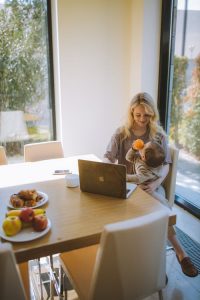
Remember, your child is getting an amazing gift during this time of having loved ones home all day long. Try to take a few minutes every day to treasure this time. You will have your frustrations, we all do! Try to go easy on yourself and your child. There is no how-to manual for this situation. We are all figuring it out as we go. There is no right and wrong. It is also important to remember that your child’s teacher is dealing with challenges, your co-workers are dealing with challenges. We are all in this together and sometimes we need to lower expectations a little bit and simply do the best we can in the moment.
How to explain to children when their school is staying closed:
Consider organizing a co-op of friends who have been social distancing to do some group learning activities so your child has some social distancing. Meet in a park or backyard to decrease risk.
Keeping Your Child Safe While at School
If you have made the difficult decision to send your child to school, here are some tips to help ease the transition during this unprecedented and uncertain time.
Mask use:
Please find more information, including face masks for children with special healthcare needs from the American Academy of Pediatrics.
- Begin practicing now; have the whole family wear the masks for short periods of time throughout
 the day to start to get comfortable with wearing it. Make a schedule, set a timer, plan activities to do during mask-wearing to take your child’s mind off of it.
the day to start to get comfortable with wearing it. Make a schedule, set a timer, plan activities to do during mask-wearing to take your child’s mind off of it. - Make your child’s mask unique and fun. Allow your child to select the mask, fabric, or style. There are a lot of children’s masks with fun characters to choose from.
- Allow your child to make their own mask. Buy or make a plain white mask and give your child fabric markers so they can design it themselves.
- Most importantly, educate your child on the importance of wearing a mask. Here are some helpful resources for teaching young children about mask use:
Click here to download this “Wearing a mask to school” PDF from Autism Little Learners
Here is a great social story for helping young children understand why it is important to wear a mask. (from ucucedd.org)
Here is a great video on mask-wearing for young children from the CDC.
Teaching Your Child About Social Distancing:
Practice social distancing at home. Children do not understand 6 feet, so have them hold out their arms, and you hold out your arms and make sure your hands don’t touch.
Safely Riding the Bus:
Talk to your child about sitting in a seat by themselves, send hand sanitizer with your child to use on the bus, and remind him to keep his hands to himself on the bus and at school.
Preparing for Kindergarten During a Pandemic
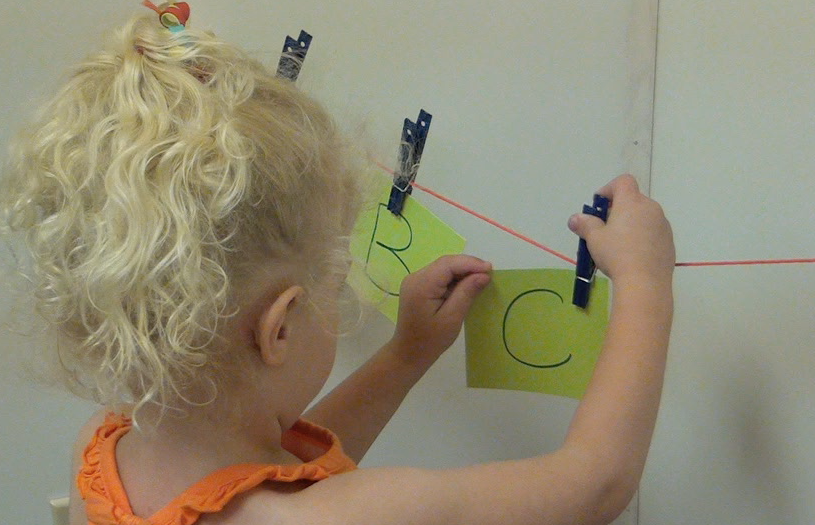
Preparing your child for kindergarten may already seem stressful, but adding a pandemic on top of that task seems to be even more challenging. However, it does not have to be as hard as your mind is telling you. As your child is beginning kindergarten in the next few weeks or even year, there are simple things that you can do at home that even a pandemic can not stop you from doing.
Social and Emotional Development
When your child enters kindergarten, it is recommended that they are able to socialize with their 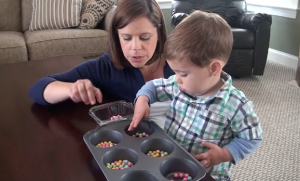 peers as well as being able to follow rules and instructions. A simple way that you can build these social skills is by playing games. These games can be in the form of board games, card games, or even imaginative games. It is important that during these games you as the parent, or someone else in charge is able to ensure that the child maintains the rules and instructions of the game.
peers as well as being able to follow rules and instructions. A simple way that you can build these social skills is by playing games. These games can be in the form of board games, card games, or even imaginative games. It is important that during these games you as the parent, or someone else in charge is able to ensure that the child maintains the rules and instructions of the game.
In terms of emotional development, it is recommended for a kindergarten-aged child to be able to talk through a conflict and verbally express their emotions. This skill can be developed by asking the child at the end of each day how their day went. Through this conversation, the child will be able to develop the skill to reflect on their emotions and any conflicts that they remember heavily impacting their day.
Physical Development
For a child who will be entering kindergarten, it is recommended that they are continually refining their gross motor and fine motor skills. Playing board games with movable pieces is the perfect way to have your child constantly grabbing small objects.
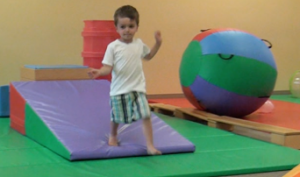 Creating your own obstacle courses for your child can be a fun and inexpensive way for you child to get out some of their energy. Together, you and your child can create the course together, adding to the excitement for your child.
Creating your own obstacle courses for your child can be a fun and inexpensive way for you child to get out some of their energy. Together, you and your child can create the course together, adding to the excitement for your child.
Academics
As your child is approaching kindergarten, all of the children in their class will enter at different academic levels. With that being said, do not stress out too much about how much they know before school starts. However, it is never a bad idea to begin practicing letter recognition and counting skills. To begin practicing letter recognition, begin with the letters in your child’s name because these letters are ones they will see most frequently.
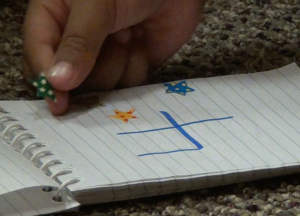 When working on letter and number recognition, do not be afraid to integrate academics into the games you are playing with your child. For instance, during an obstacle course, your child may have to run and touch the letter flashcard that you call out. With this integration, you child will begin to embody a love for learning without feeling the stress of needing to achieve.
When working on letter and number recognition, do not be afraid to integrate academics into the games you are playing with your child. For instance, during an obstacle course, your child may have to run and touch the letter flashcard that you call out. With this integration, you child will begin to embody a love for learning without feeling the stress of needing to achieve.
A Few Words on Race Relations
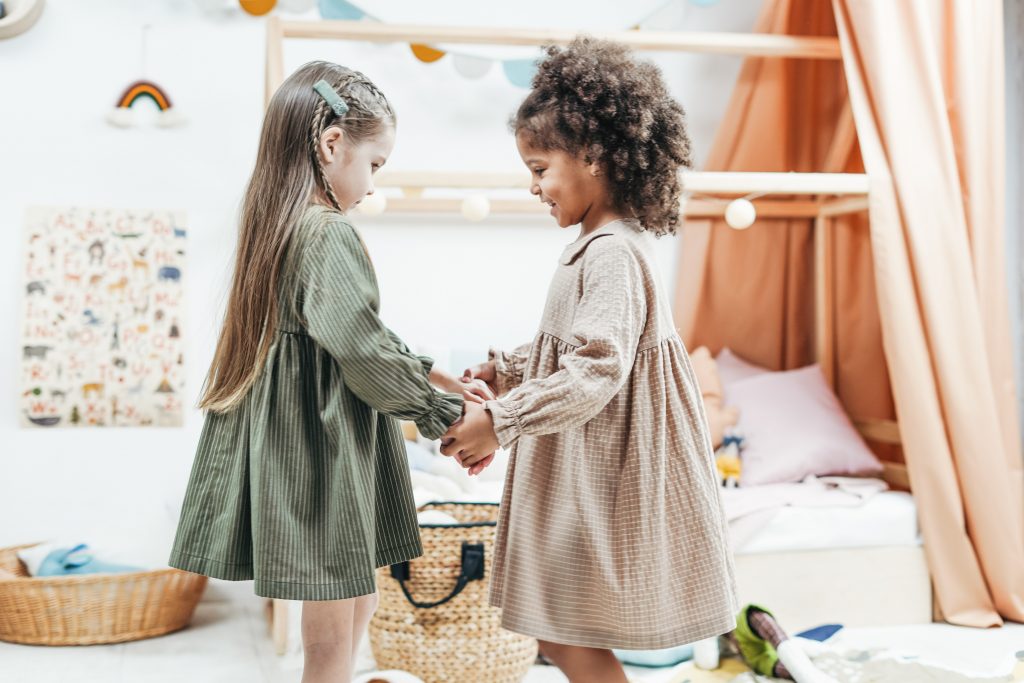
This summer the issue of cultural diversity and race relations was taken to new heights and levels of awareness. It is really important that we take this opportunity to educate young children and create an awareness about cultural diversity that starts at home.
Talking about Diversity
As the Black Lives Matter movement is continually sweeping across the country, parents are acknowledging their responsibility in raising children who will grow up to be part of the solution, not the problem. All parents want their child to grow up being kind and compassionate to others.
It is highly important to note that as children are developing, they notice the physical appearance differences among a group of people, but they do not naturally see the differences as negatives. Therefore, the emotional reactions to human differences are taught, which lead to racism and prejudices. To ensure that your child continues to see the diversity among their community and chooses to embrace diversity can easily be addressed in your home.
Books
Books can arguably be considered the most impactful items for a young child’s development, both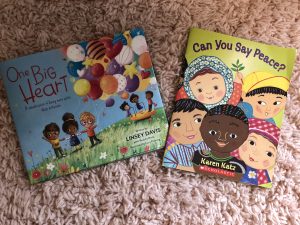 in terms of language and social and emotional development. When deciding which books to check out of the library or to buy from the store, it is important that you look through the story to find whether any stereotypes are present and if it would then be considered a quality book.
in terms of language and social and emotional development. When deciding which books to check out of the library or to buy from the store, it is important that you look through the story to find whether any stereotypes are present and if it would then be considered a quality book.
In addition, try to intentionally guide your child to choose books that include characters that do not always look similar to them. This exposure will allow your child to acknowledge the similarities of struggles and joys that all people share. This idea also extends to the inclusion of books 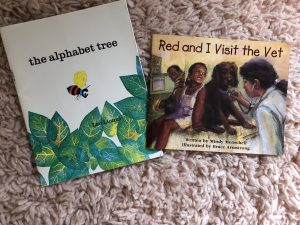 featuring holidays and activities that you and your child may not participate in.
featuring holidays and activities that you and your child may not participate in.
Lastly, the books that your child is reading should reflect the community of the world. For instance, your child should be able to see children of many races and ethnicities interacting with one another in a story. Through the exposure of socially conscious books, your child will begin to understand that people are different races, but we all share many of the same life experiences.
Toys
Similar to ensuring that your child is exposed to diverse literature, it is imperative that children are also playing with diverse toys. This includes dolls and figurines that look different than your child. With this exposure, your child will be able to expand their knowledge on what a typical toy looks like, which should also reflect their communities.
Food
In many houses, food is like a love language for the family. Not only is it important for your child to be exposed to many different types  of food for health related factors, but it will also expose them to new cultures. When preparing for a meal or preparing to go to a restaurant, showing your child a picture or some videos about the culture. Leading up to meal time, this will create an appreciation for the food they are given, encouraging them to try the new food.
of food for health related factors, but it will also expose them to new cultures. When preparing for a meal or preparing to go to a restaurant, showing your child a picture or some videos about the culture. Leading up to meal time, this will create an appreciation for the food they are given, encouraging them to try the new food.
For more tips and information, please see our article published by Babychick.com, How to Teach Young Children to Celebrate Cultural Diversity

